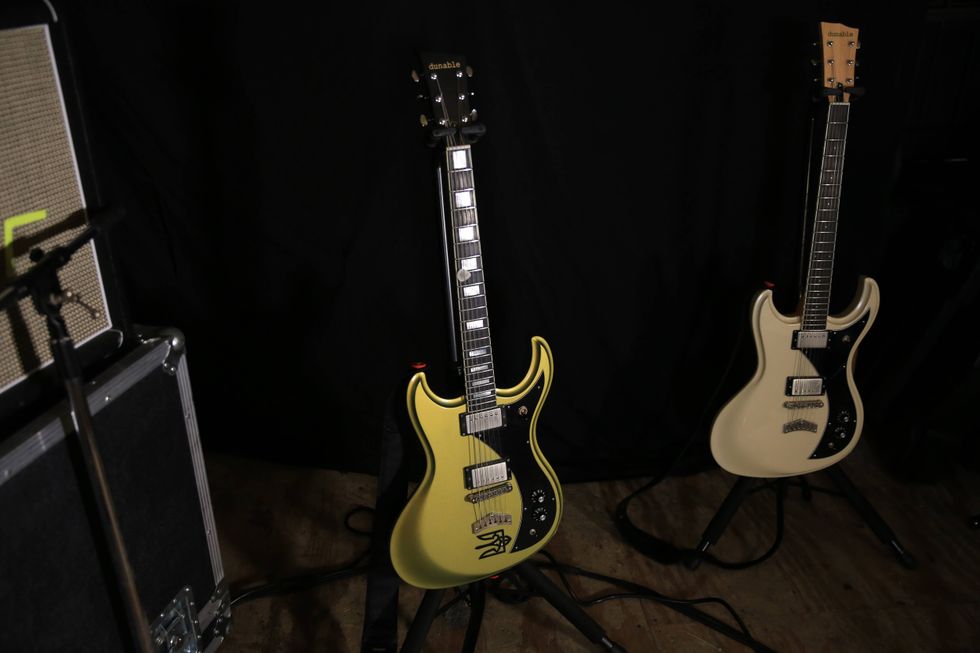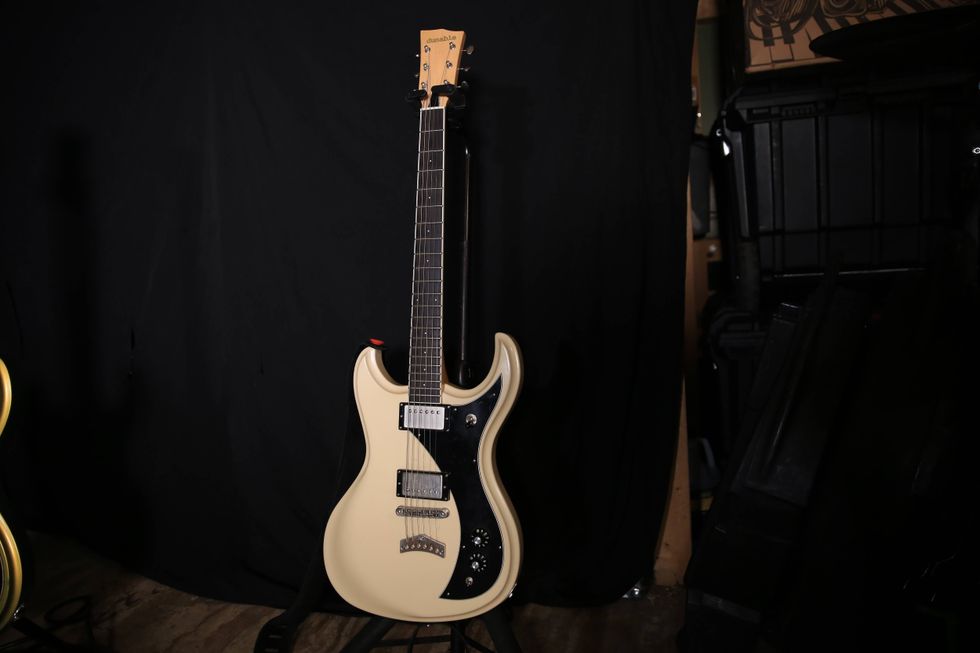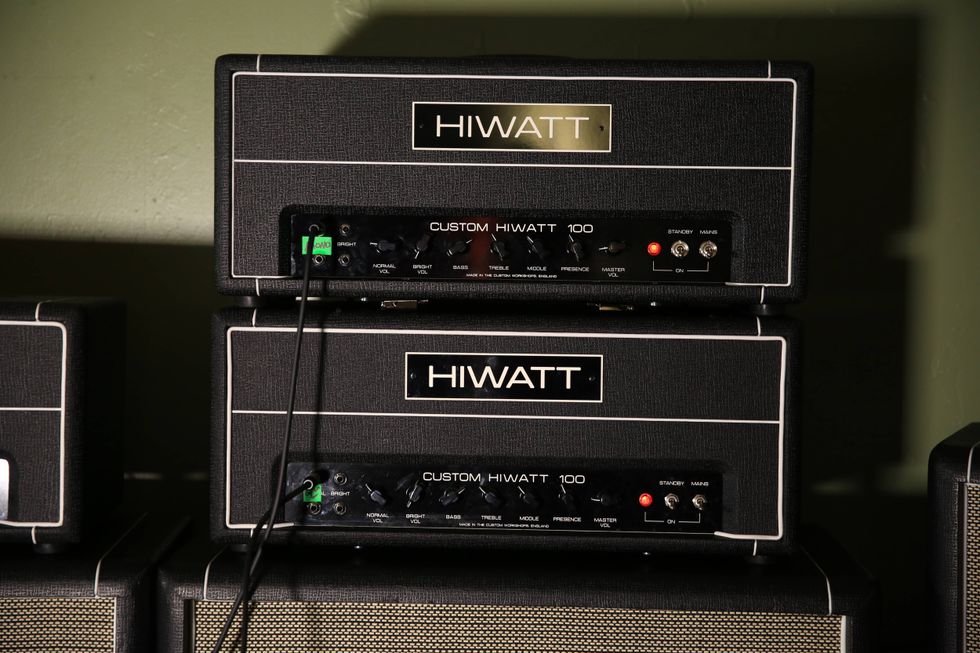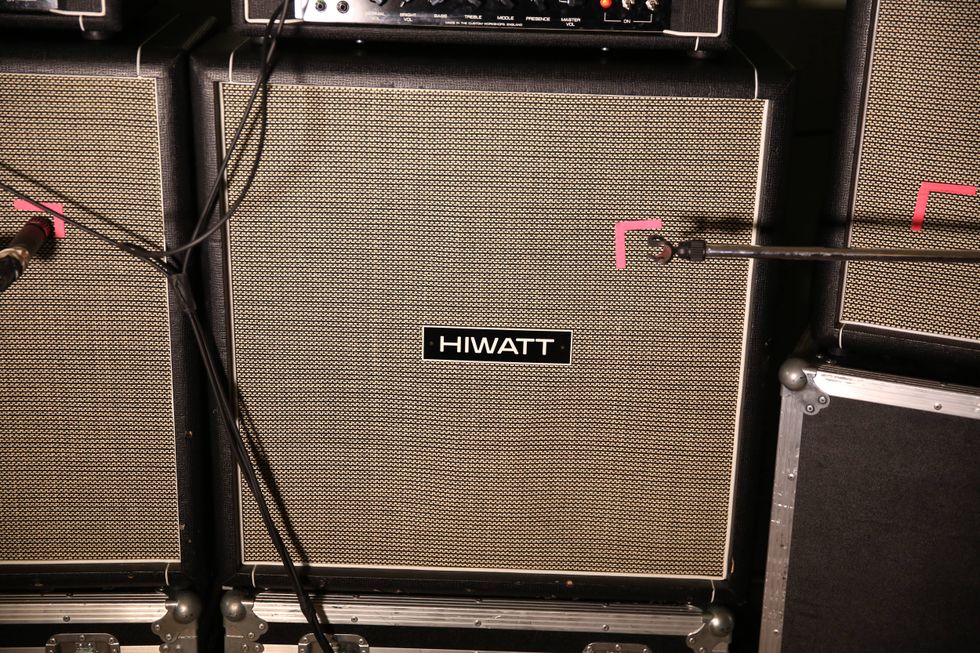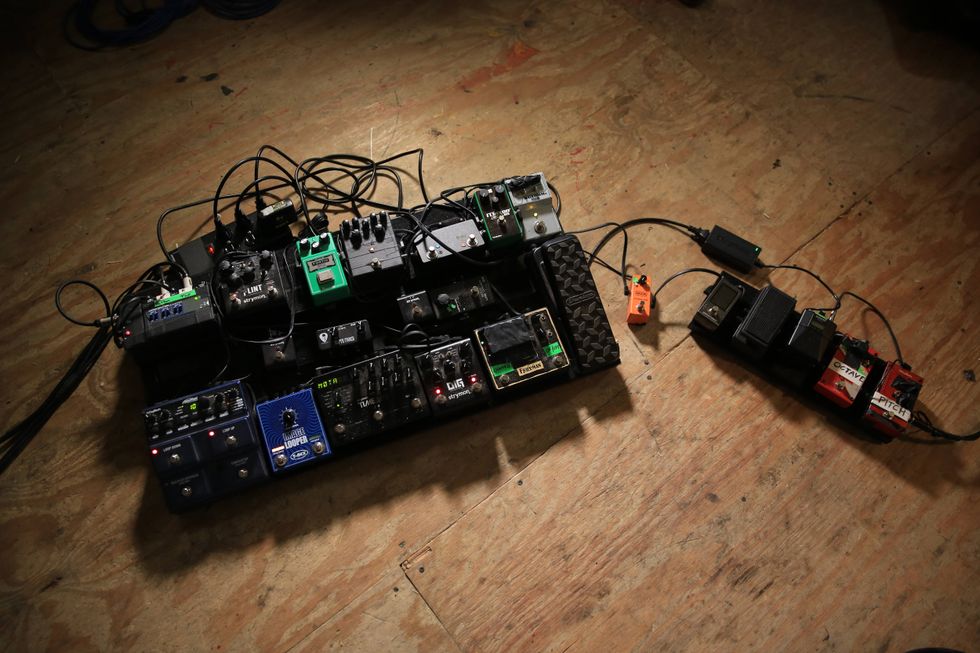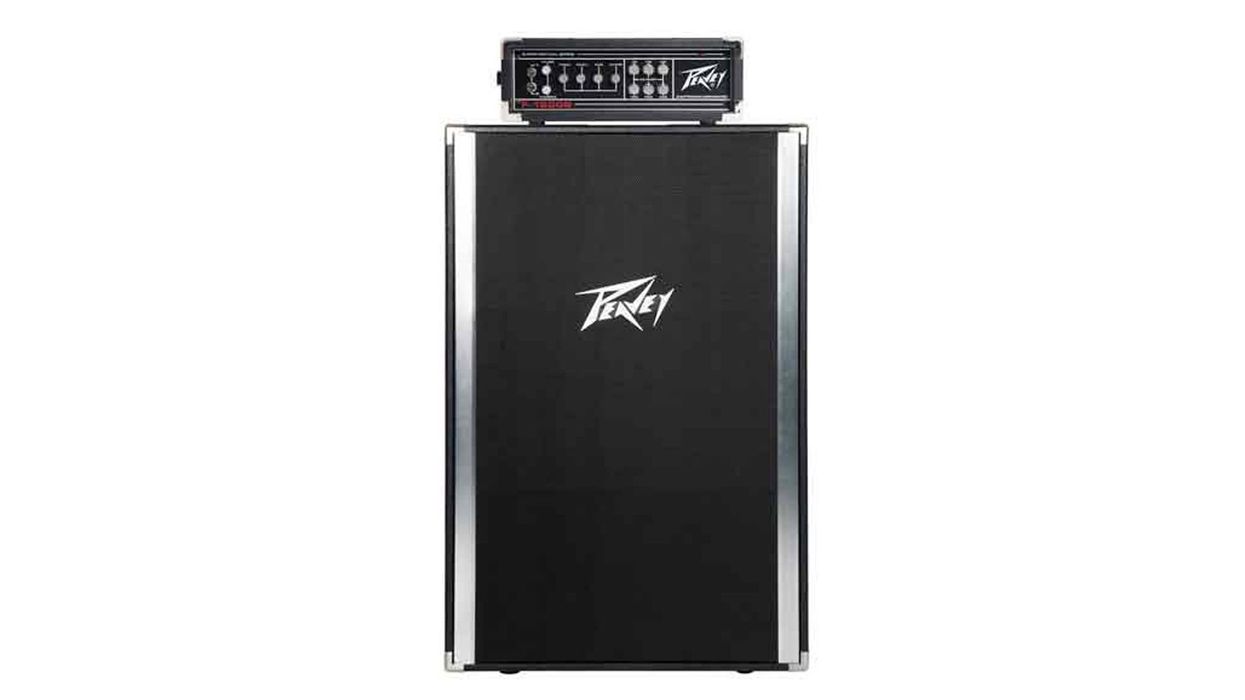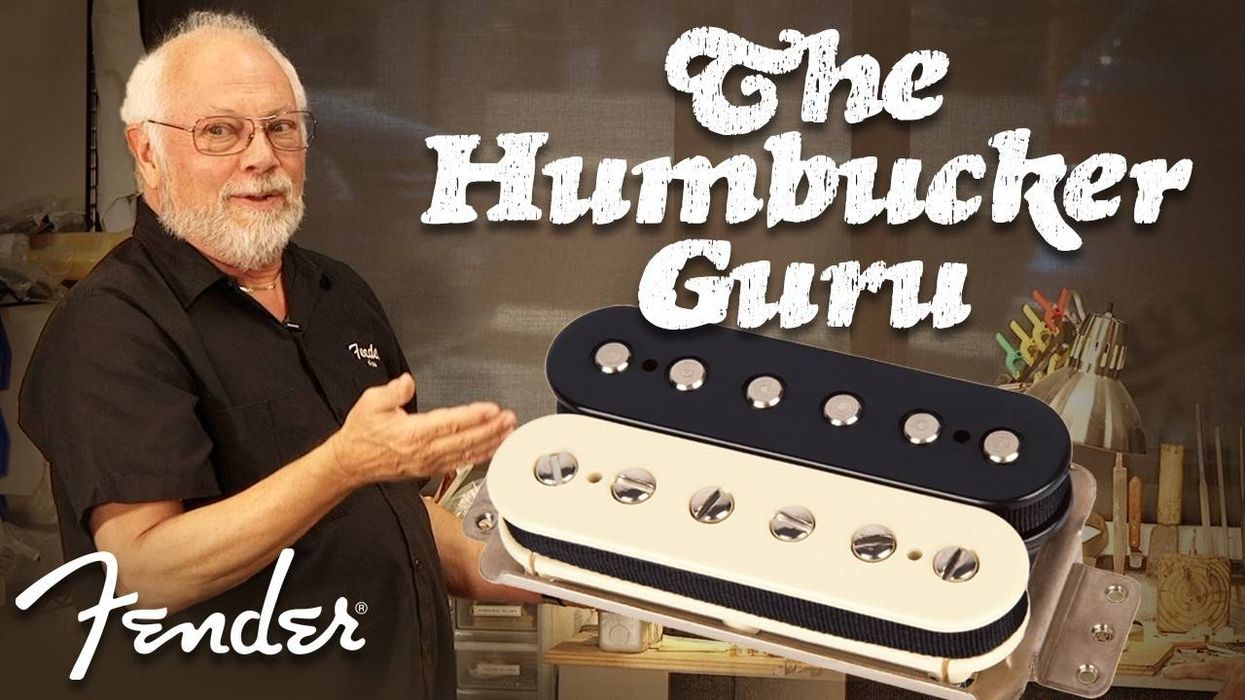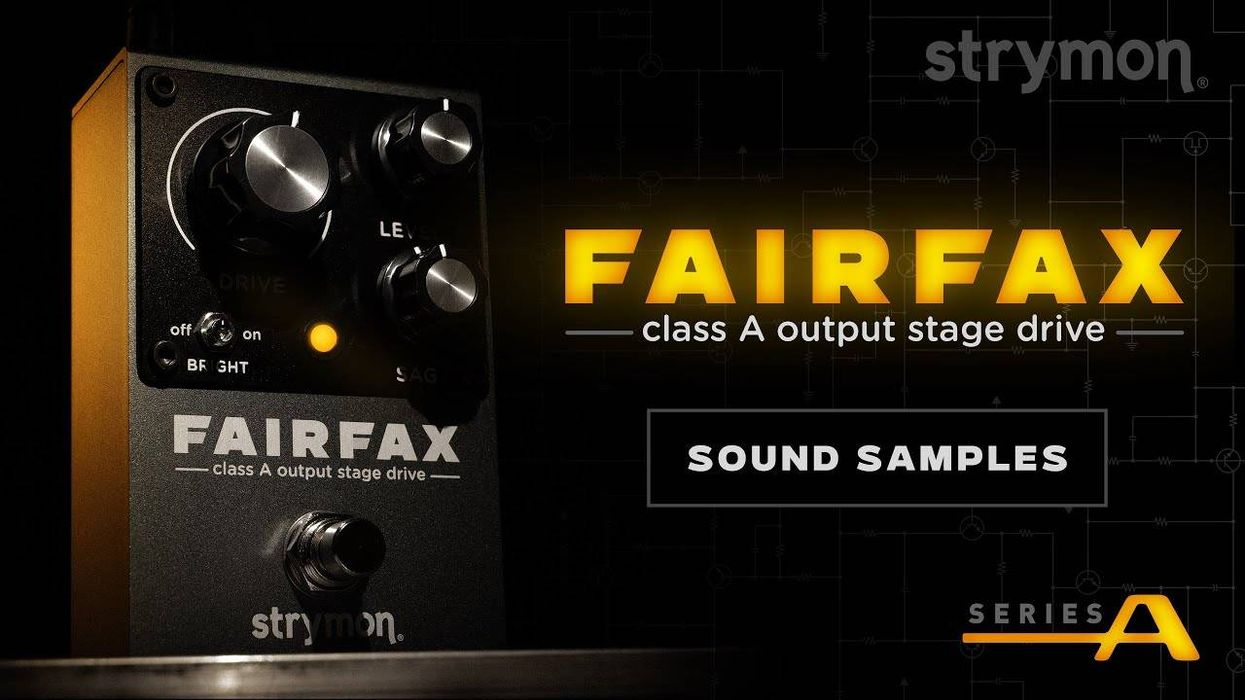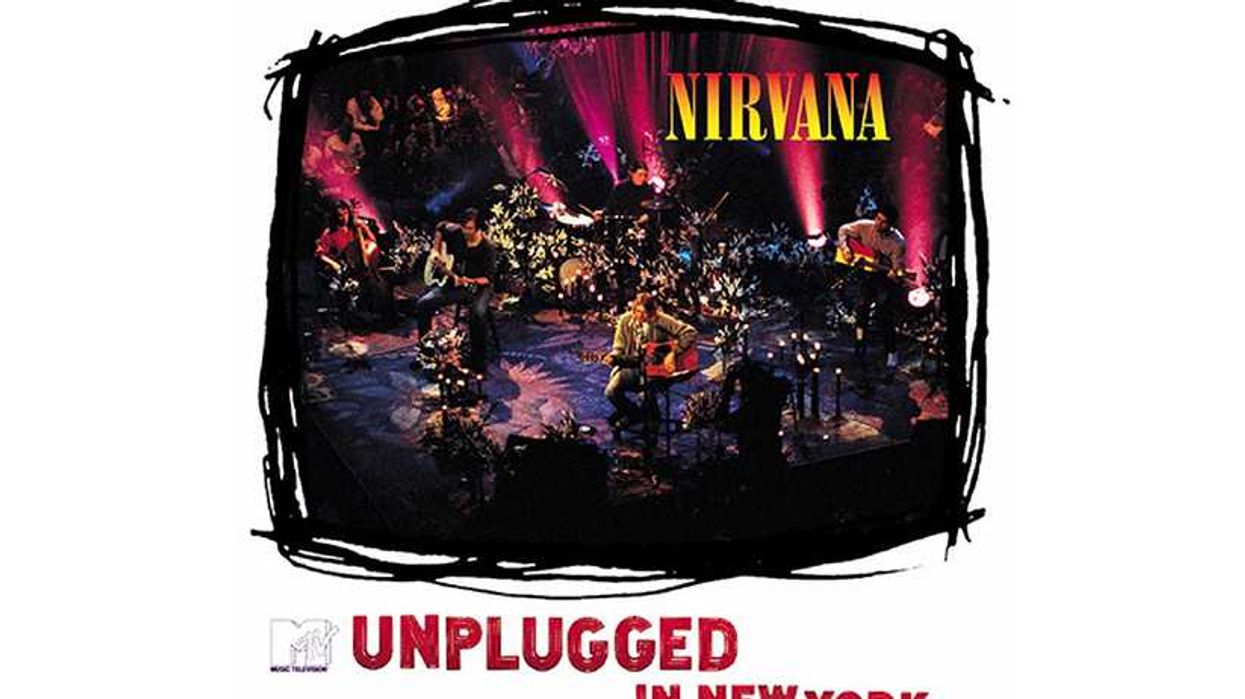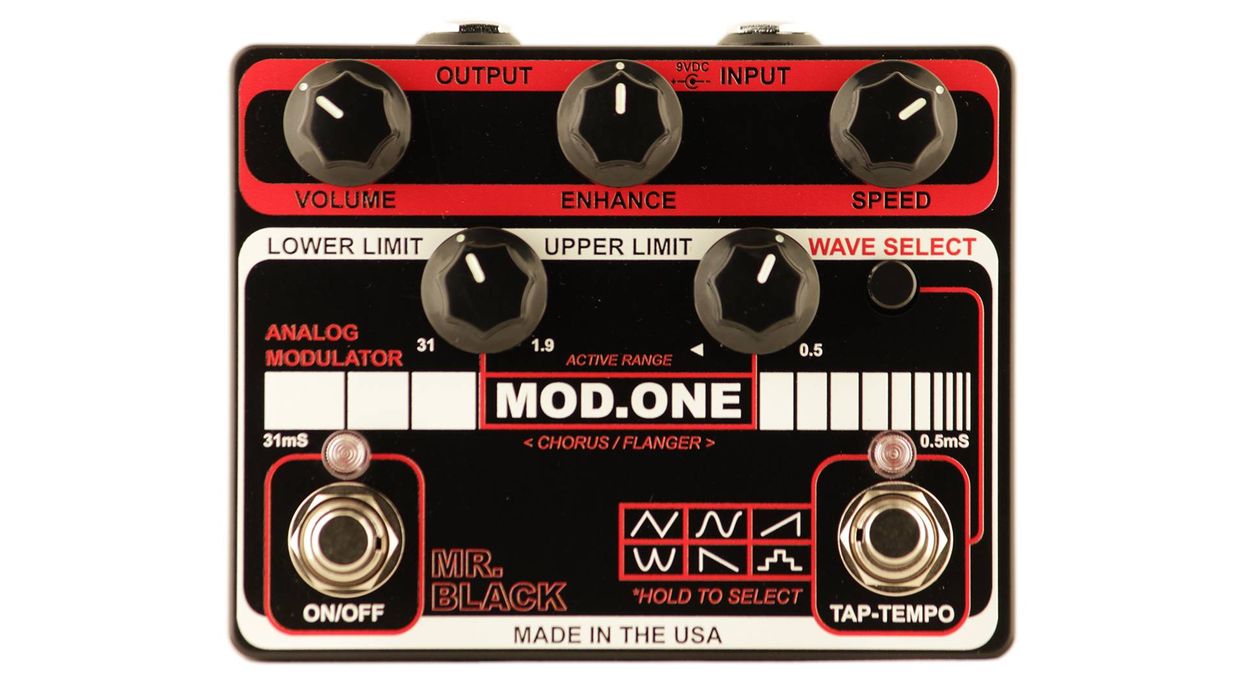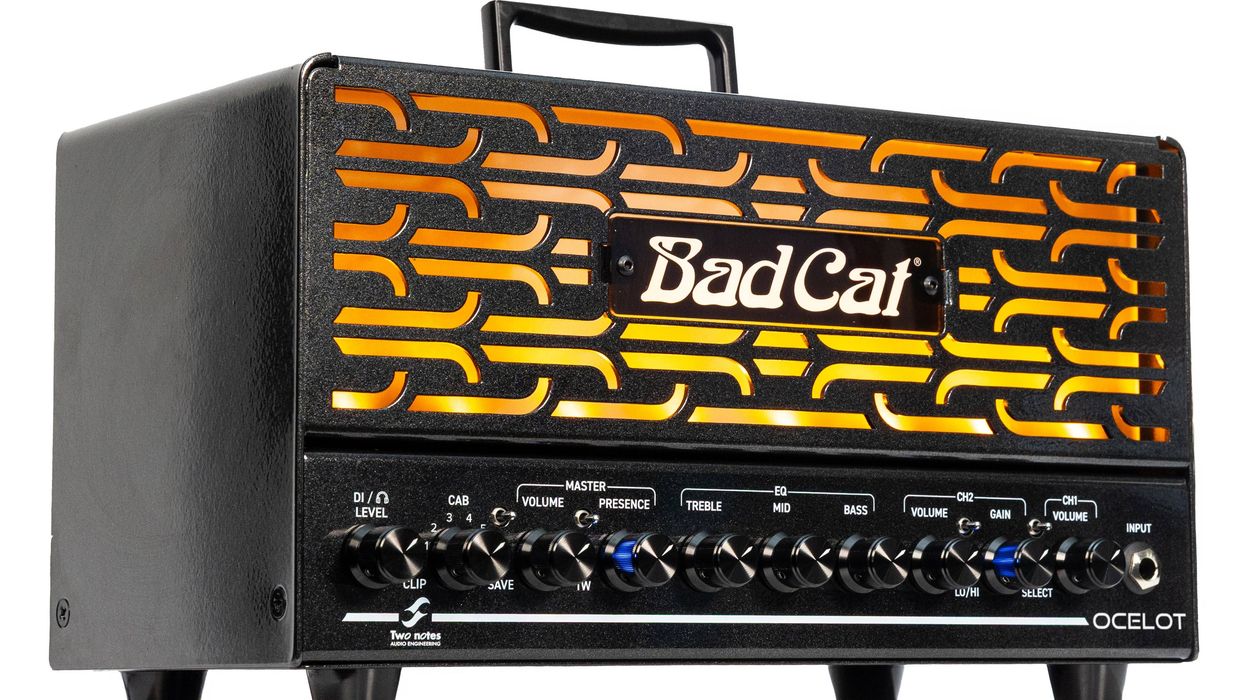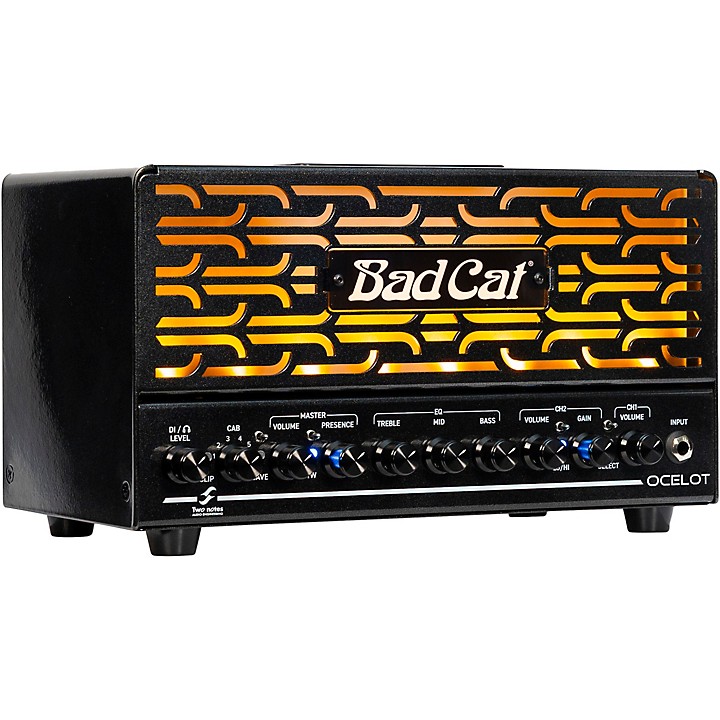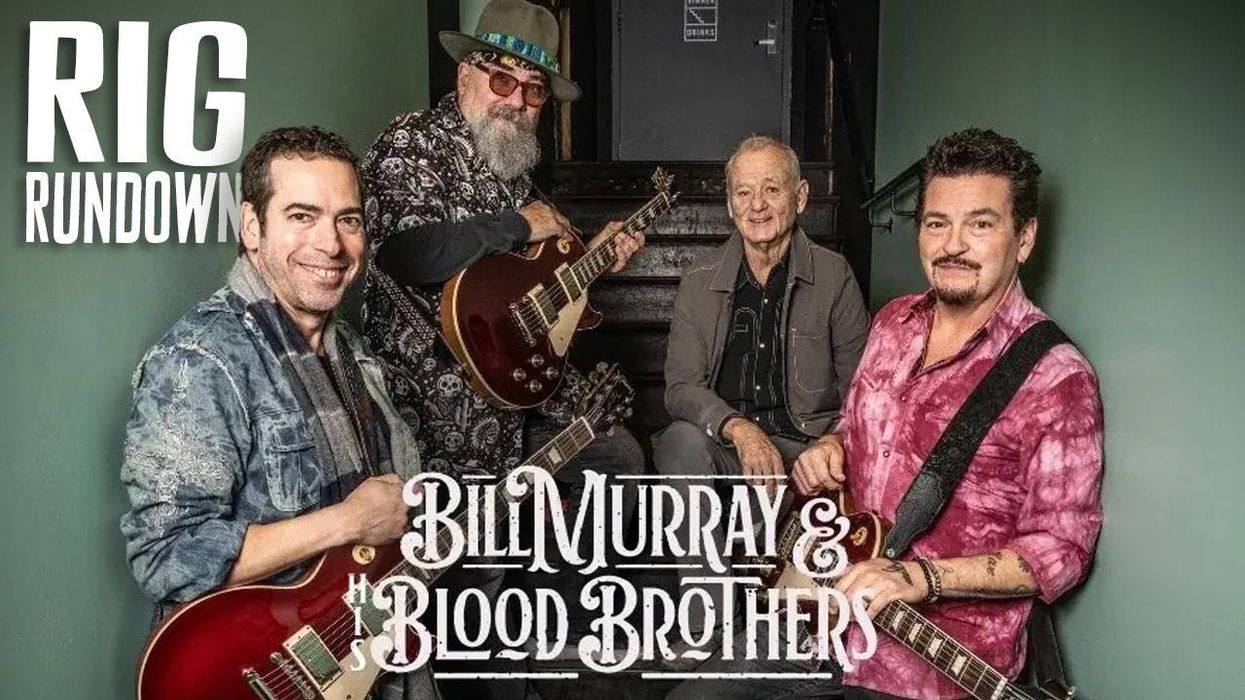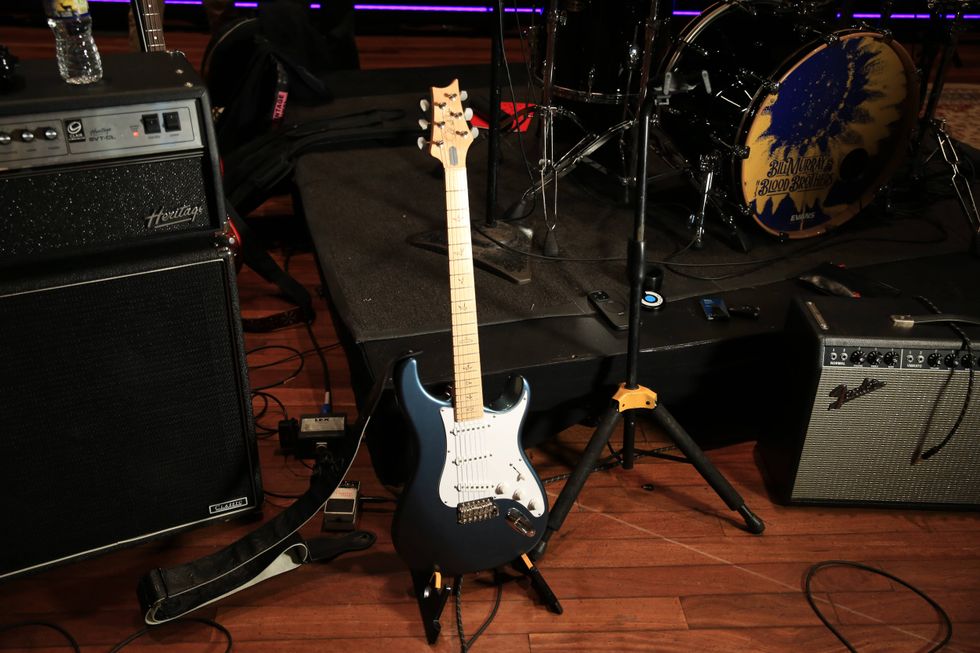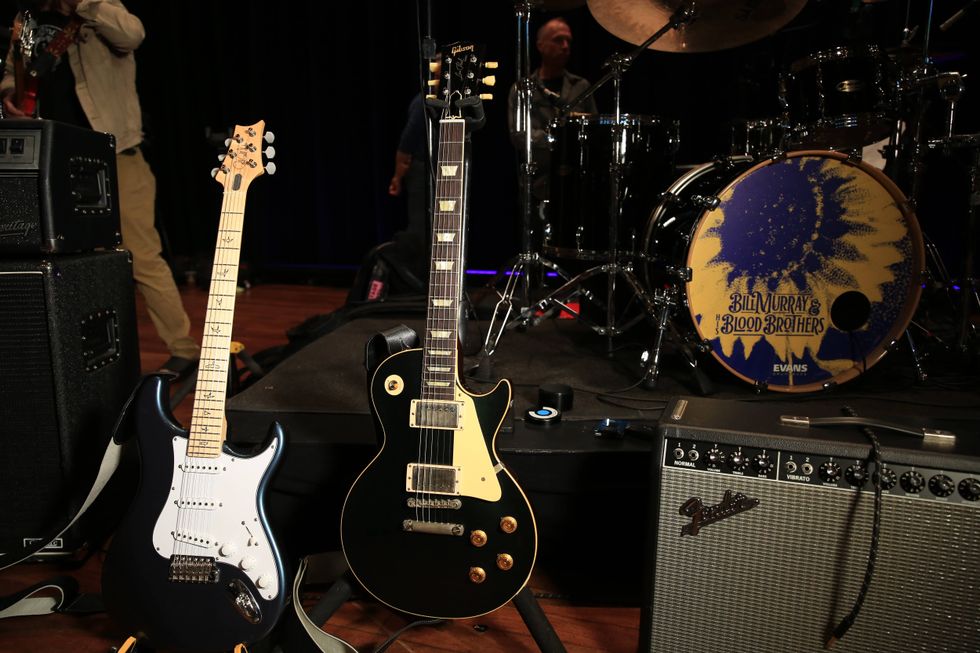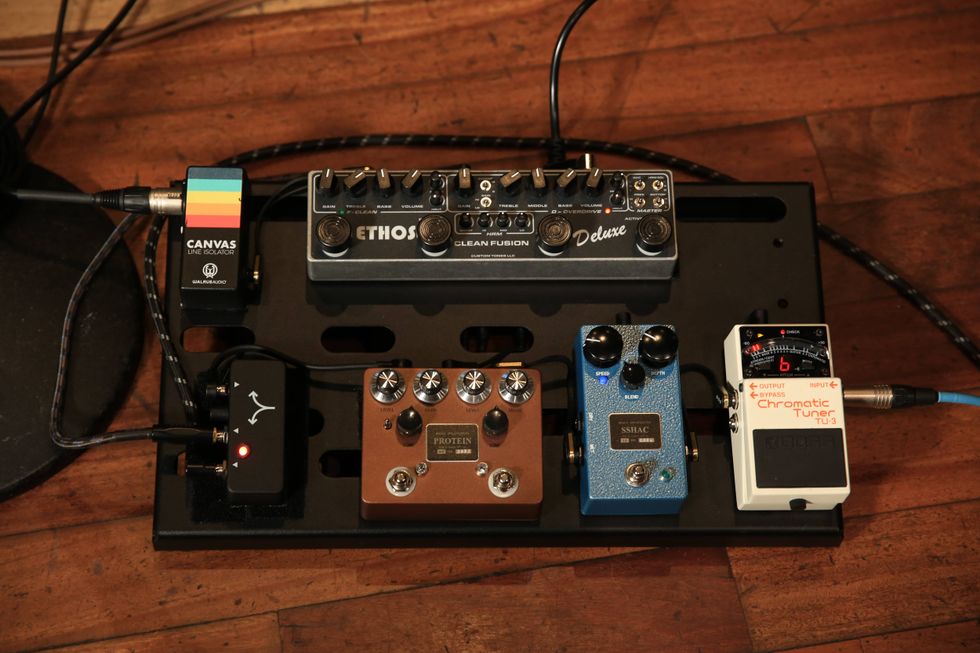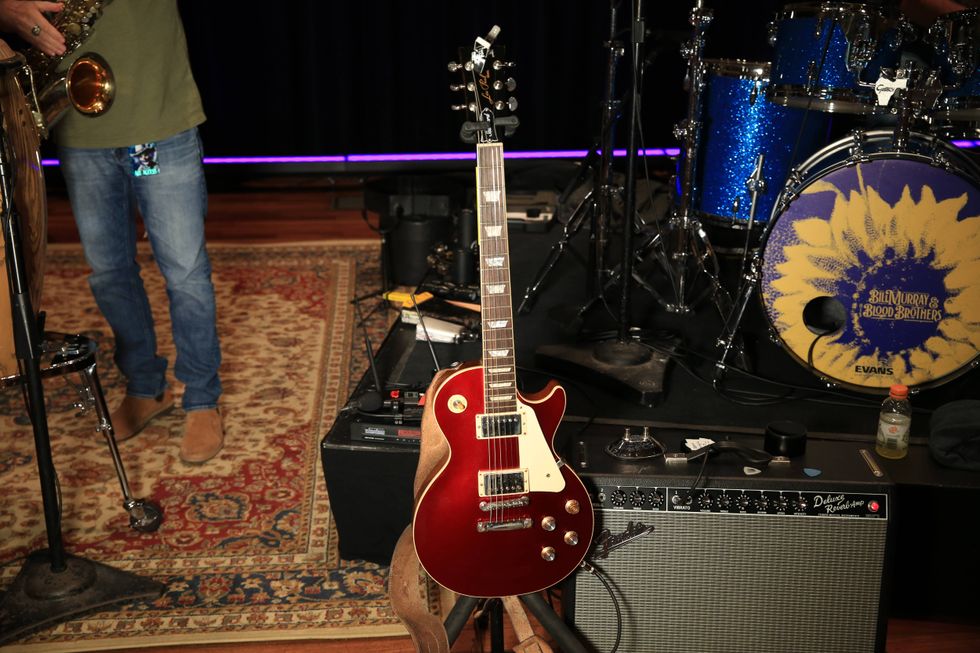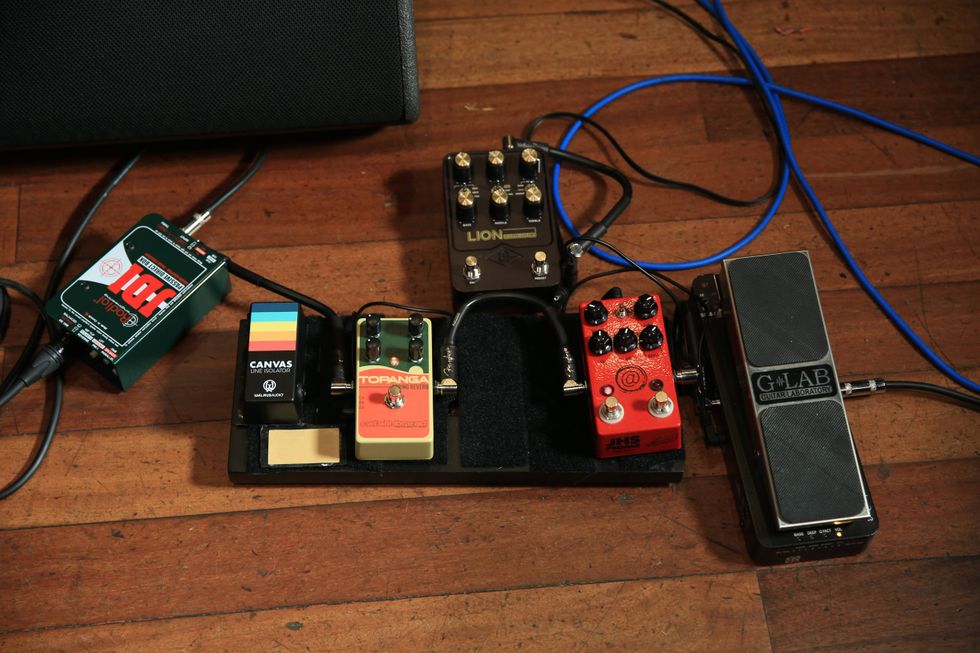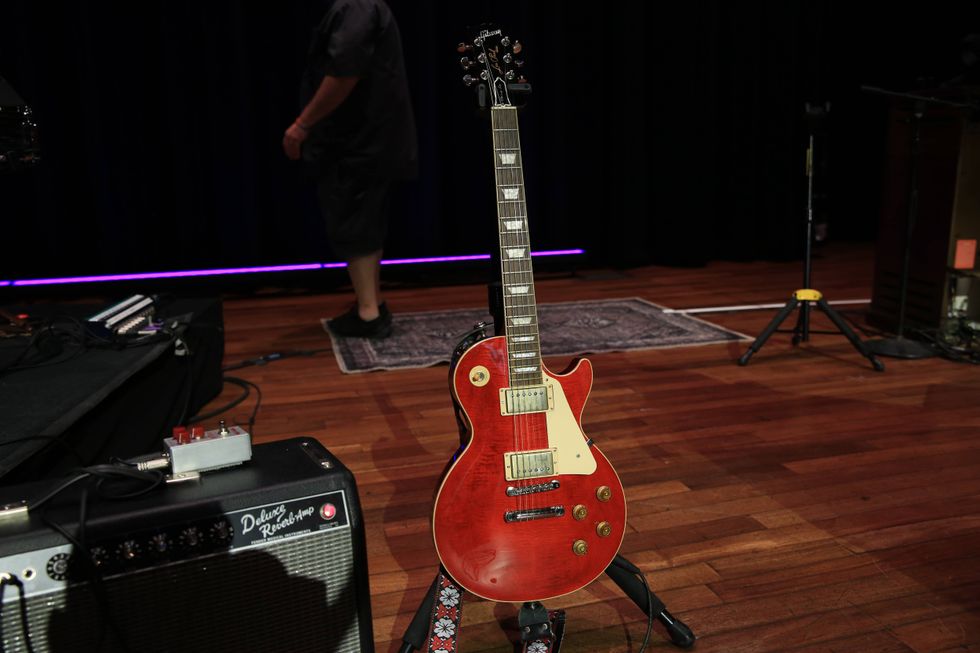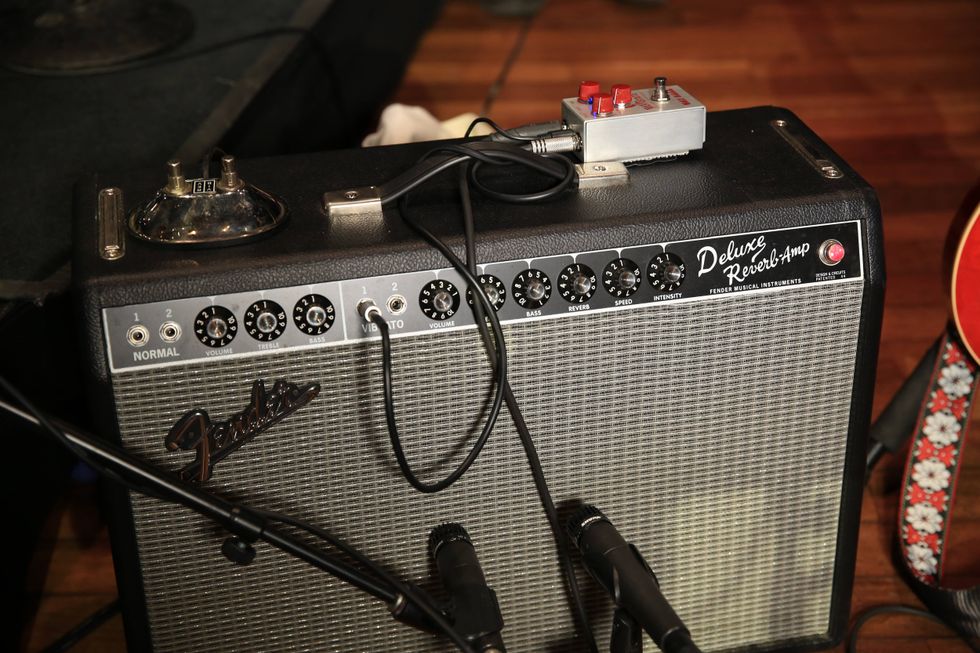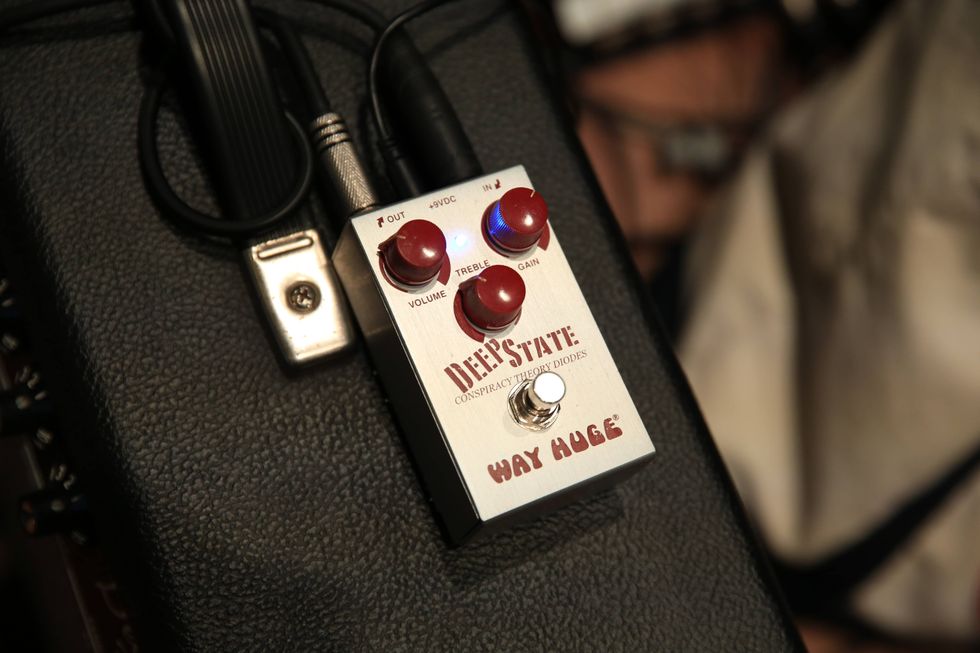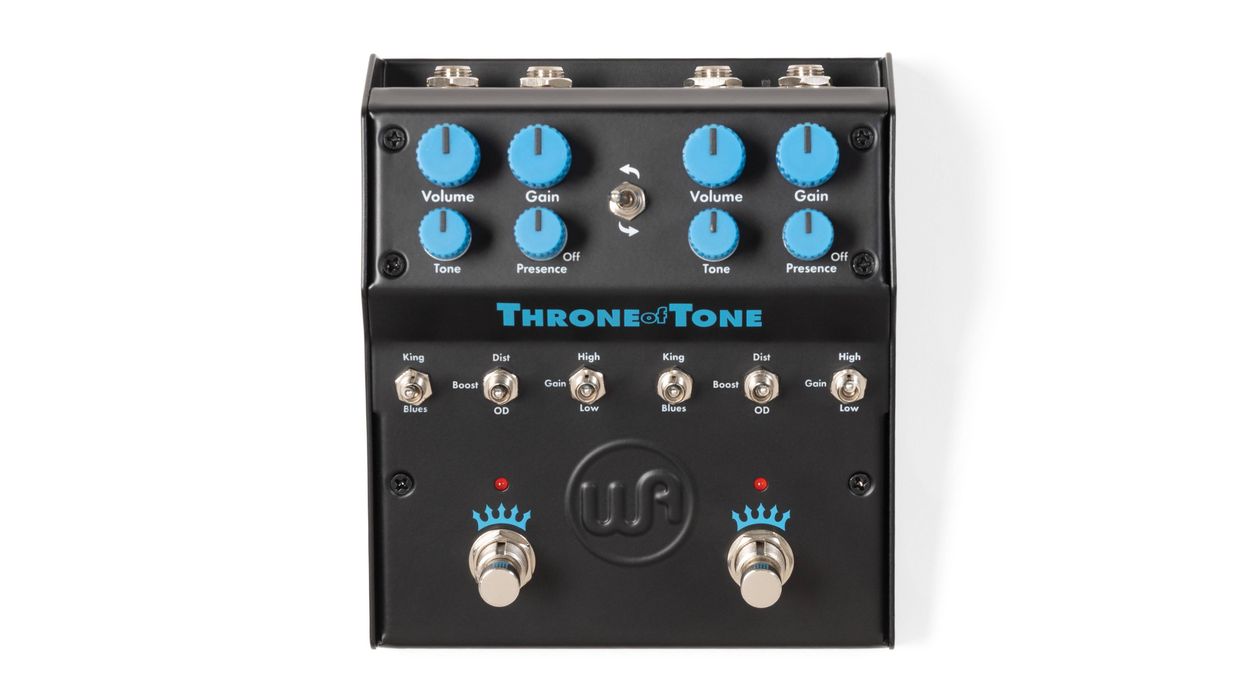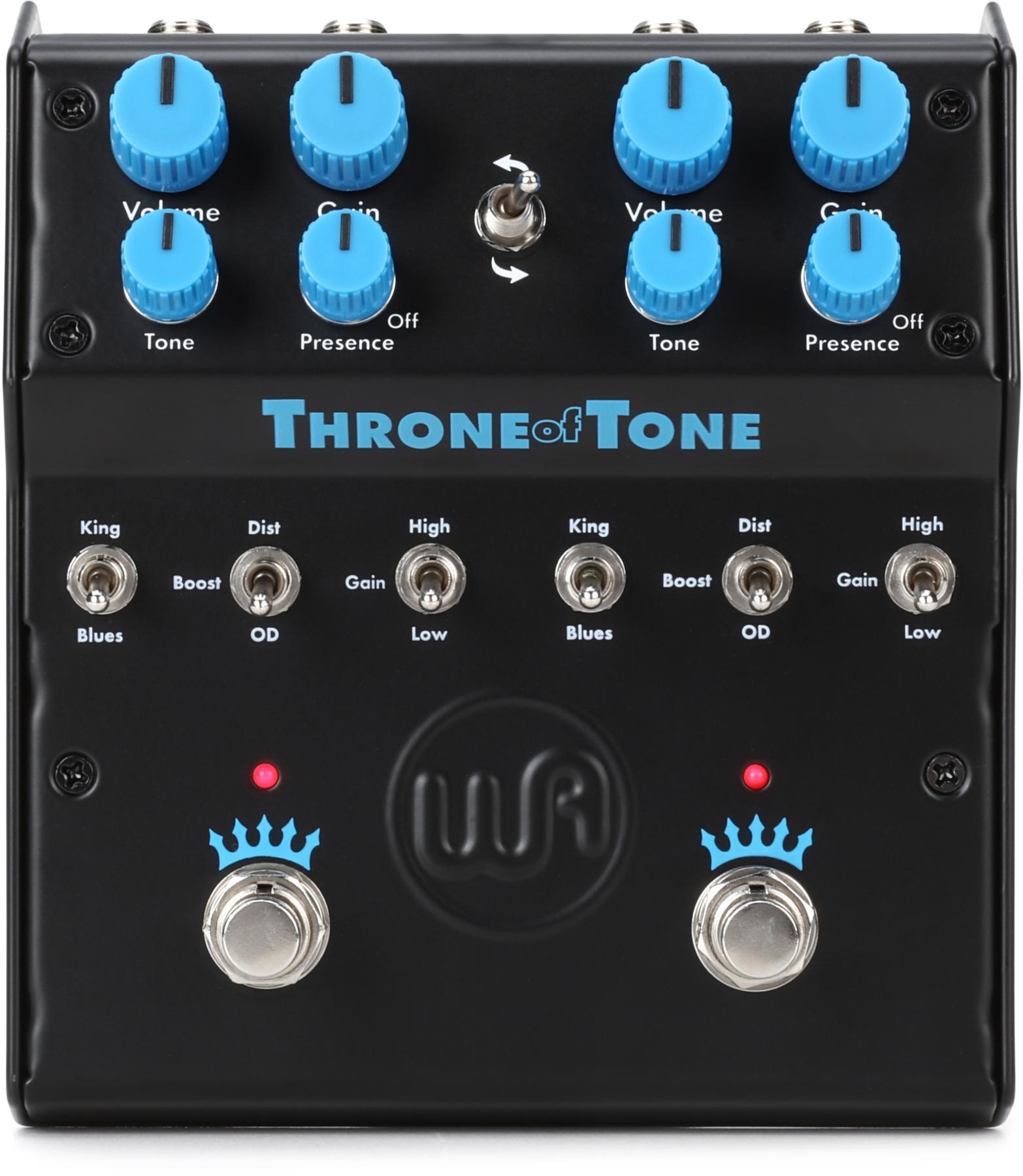Hey there, tone mongers! Welcome back to “Stomp School.” Our discussion this month is sure to raise a few hackles, as we examine an area steeped in fierce dissension and controversy regarding what does and doesn’t affect your tone. But before we get started, we just want to clarify a point of concern raised by a few readers about this column: “Stomp School” is not a DIY column. While the majority of feedback we’ve received has been positive, it was never our intention to explain how to build or modify your own effects pedals. Most of our readers prefer information geared toward the tone-conscious player who spends the majority of time gigging and practicing, not slinging solder—so we aim to structure our content accordingly. There are plenty of resources on the web for those interested in electronics and DIY effects. We covered this topic in depth in our February ’08 column. Okay, let’s talk about something a little more… supernatural.
More than most other musicians, we guitarists are a pretty superstitious lot. We’re prone to falling under the magical spell of mojo. Hooked on hoodoo, we have a seemingly endless array of gadgets and devices available to help us conjure just the right sounds. We use our lucky guitar picks, while wearing our lucky shoes or t-shirts. We perform ritualistic warm-up routines, and insist on playing on the same side of the stage every night. We even give names to our guitars. Seriously, drummers and keyboard players do not do this.
In a similar way, some of us can be highly suspicious, guarding against whatever may throw us off our game. Voodoo vexed, we feel susceptible to unseen forces that wreak havoc on our technique and tone, be it bad vibes, bad chili or simply something in the air. Gotta ward off that juju; keep the hellhounds off your trail. The history of modern guitar is rife with mythology and folklore that has helped foster this mentality. Numerous examples include everything from Robert Johnson’s crossroads encounter with the devil to the black magic dabbling of Jimmy Page. Not surprisingly, the guitarist is usually the one in the band most compelled to take on the role of the shaman or magus—thus the phrase “guitar wizardry.” Trust me, this stuff isn’t an issue to the average oboe player.
While the majority of us don’t take things quite to that extreme, this much is true—we guitarists are the most obsessed with the never-ending search for that one sound, the perfect combination of elements that will yield our ever-elusive Holy Grail tone. That is, after all, why you’re reading this magazine, isn’t it? And in our continuing quest, we often place a great deal of importance on the various and sundry musical curios we collect: über-boutique guitar pedals with fancy finishes and obligatory true bypass switching; super-sleek, ergonomically designed pedalboards; high-end, low-capacitance instrument cables; and custom-made pickups with Alnico magnets, hand wound to exact vintage specs. These are a few of our favorite things. But does any of it really make a difference?
An electrical engineer will insist that if it can’t be measured, it doesn’t exist. But we superstitious guitarists beg to differ. We hear things that can’t be detected with a mere digital multimeter. Besides, who’s to say that there aren’t some strange electromagnetic properties in the gold paint and pigmentation of the horsey-man graphic that makes it sound slightly better than the same pedal, sans horsey-man? And everyone knows, a pedal always sounds better when someone has drawn an alien head inside of it.
The bottom line is, when you’re talking tone, opinion is all there is. By its very nature, tone is essentially subjective. There are a good number of things that really do make a discernible difference, and few things that probably don’t. The main bit of mojo to be wary of is an element known as unobtainium. This describes what happens when the scarcity of a particular item effectively increases its perceived value. Don’t fall for it! A high price tag and long waiting list do not necessarily equal good tone.
What about certain electronic components, such as capacitors and IC chips? Analog Mike and I once spent an entire day A/B testing Ibanez Tube Screamers using different opamps. Was there a difference? Yes, there was, subtle but perceptible. Was it a difference your bandmates would notice at rehearsal? Maybe, maybe not. Is it a difference your audience will hear? Highly unlikely. So why is it important?
This topic could be debated endlessly. But there is at least one irrefutable reason why any of this should matter, and here it is: anything that makes you feel better inspires you to play better. If you’re happy with your tone and feel good about it, it’ll show through in your playing, simple as that.
So there you go. May the tone be with you. Until next time, keep on stompin’!
Tom Hughes
(a.k.a. Analog Tom) is the owner and proprietor of For Musicians Only (formusiciansonly.com) and author of Analog Man’s Guide To Vintage Effects. Questions or comments about this article can be sent to: stompschool@formusiciansonly.com.
Analog Man
(analogman.com) is one of the largest boutique effects manufacturers and retailers in the business, established by “Analog” Mike Piera in 1993. Mike can be reached at AnalogMike@aol.com.



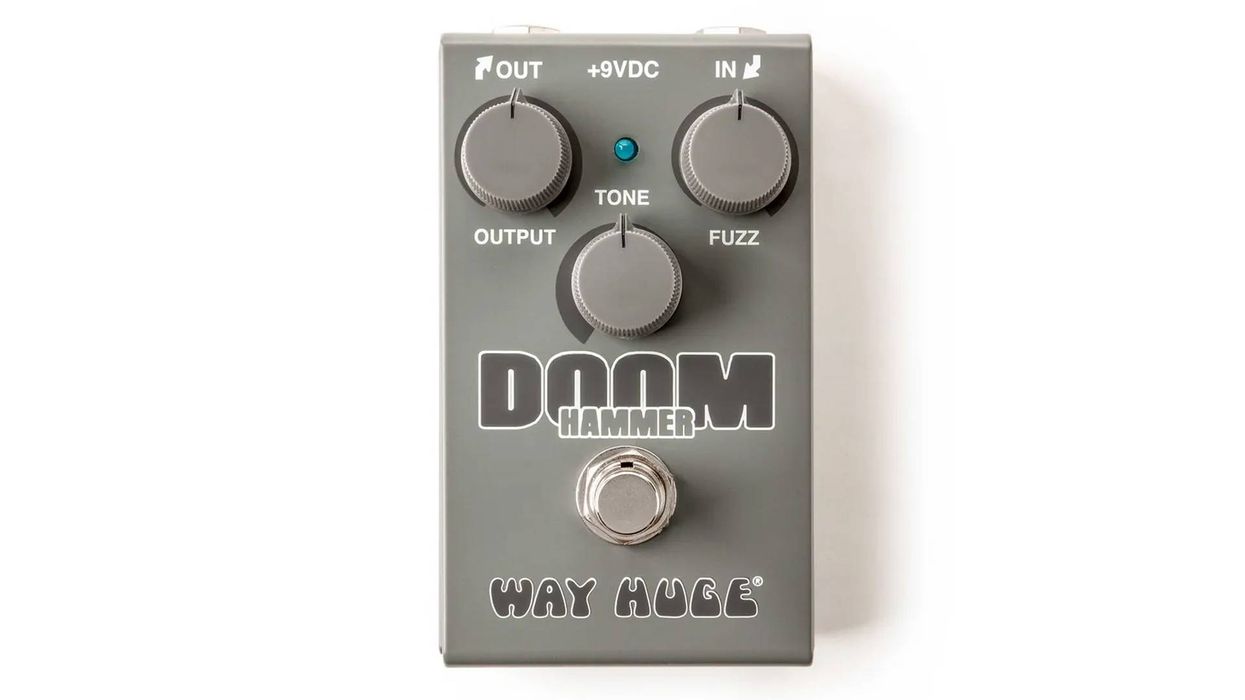
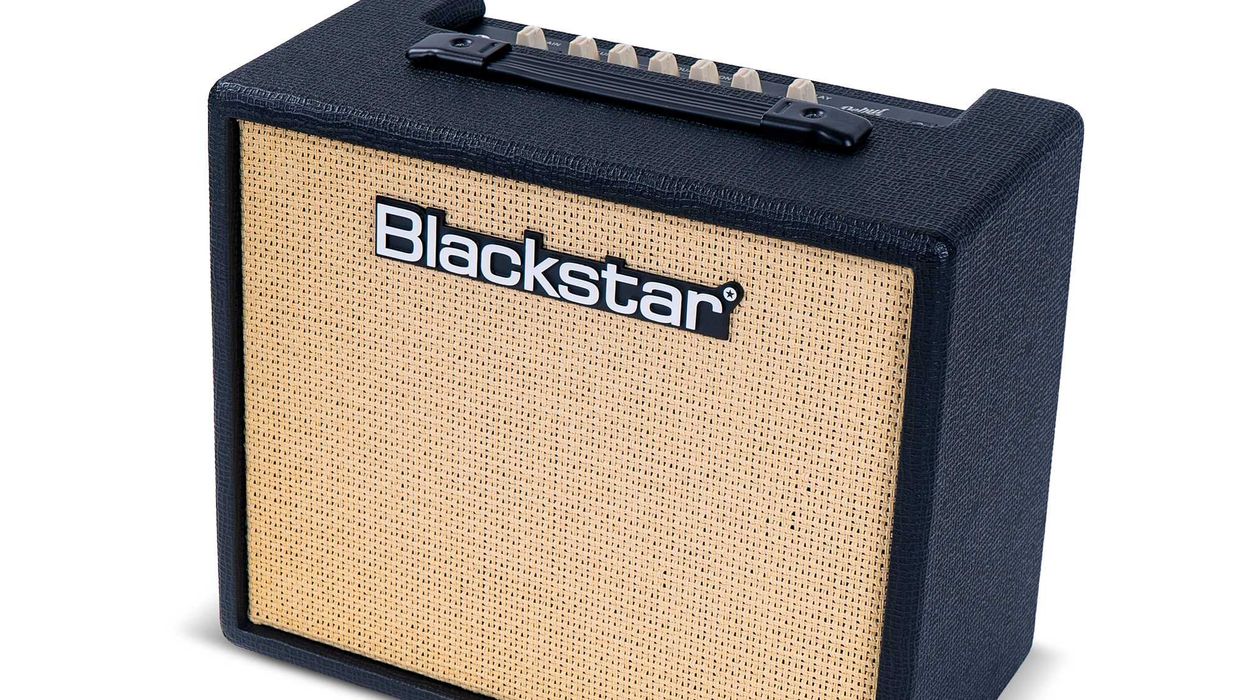
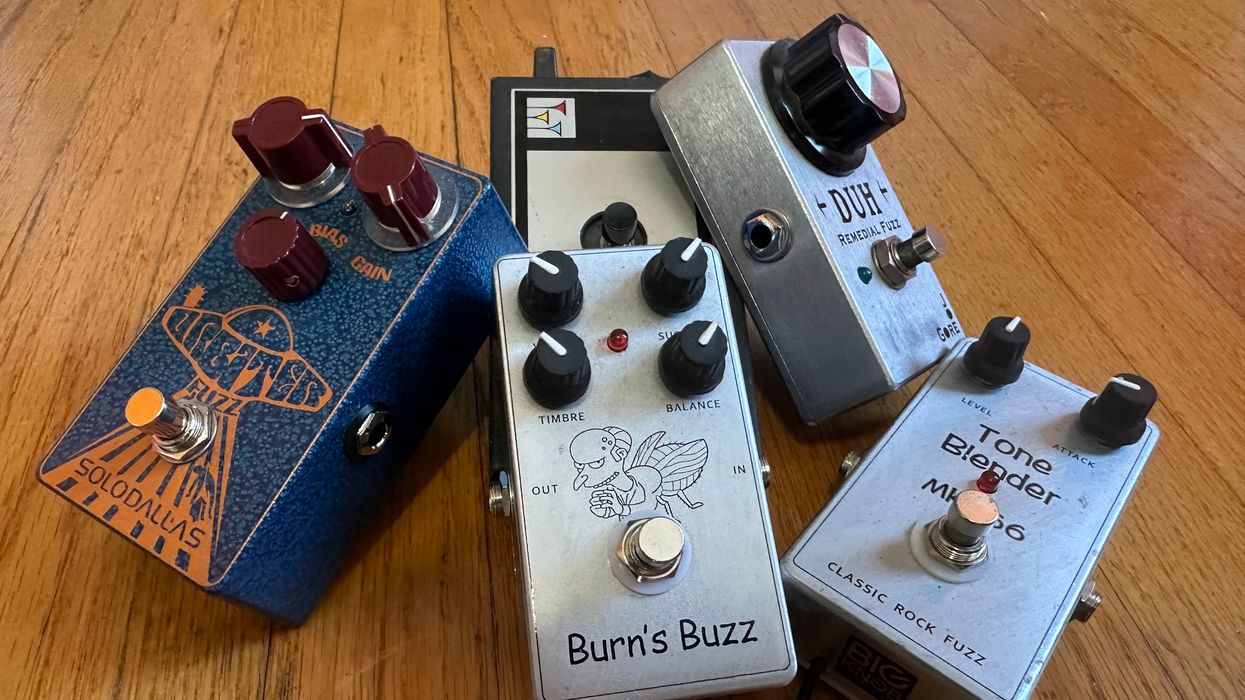

![Rig Rundown: Russian Circles’ Mike Sullivan [2025]](https://www.premierguitar.com/media-library/youtube.jpg?id=62303631&width=1245&height=700&quality=70&coordinates=0%2C0%2C0%2C0)
